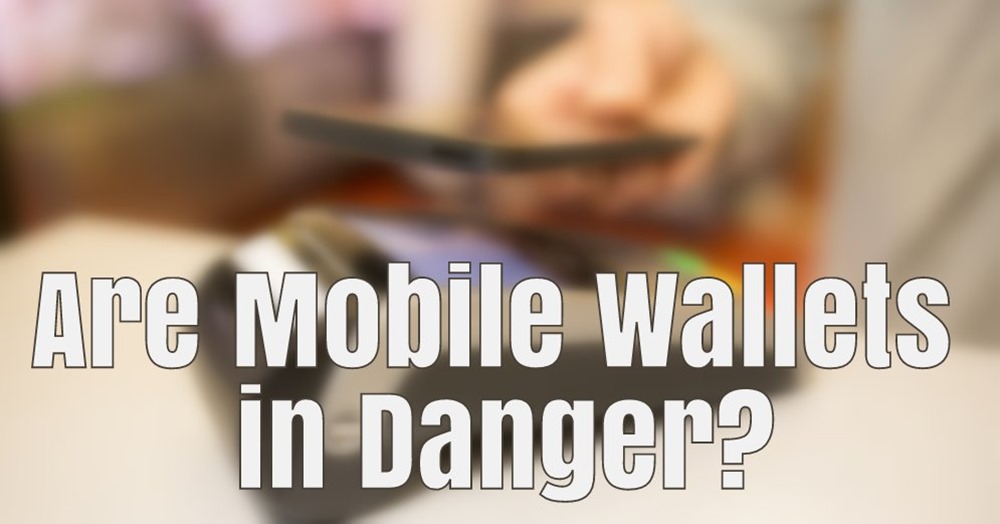NPCI’s Unified Payment Interface Has The Potential To Kill Mobile Wallets in India; All Set To Launch In April

National Payments Corporation of India (NPCI), the organization which the hub of all online payment systems operating in the country is all set launch the highly anticipated ‘Unified Payment Interface’ (UPI) from April, 2016.
The flexibility and ease of UPI is such that that it has the potential to kill all mobile wallets in the country.
The simplicity behind the architecture and framework of UPI is amazing to say the least – it enables seamless payments across various banks, businesses, merchants, traders, person-person without sharing any confidential financial data.
Nandan Nilekani, co-founder of Infosys and former chairman of Unique Identification Authority of India, has suggested NPCI to adapt UNI interface since long. As of now, there are 250 million Aadhaar payment bank accounts, which collectively make 1.2 billion transactions a year across 77,000 micro ATMs. This reach and expansion can be leveraged for UPI.
What is Unified Payment Interface?
The most striking part of UNI is that, based on a single identifier, every type of Digital payment can be accomplished by any Indian. That single identifier can be: mobile number, Aadhar card or a virtual payment address of the user.
By using any of these identifiers, the user can make the payment without sharing his account number, OTP, or any other bank details (which are usually required for using a mobile wallet)
As per official documents released by NPCI, UPI shall make possible “paying and receiving payments as easy as swiping a phone book entry and making a call on mobile phone”.
A P Hota, MD & CEO, NPCI said, “This unified layer, which offers next generation peer-to-peer immediate payment just by using personal phone, uses existing systems such as IMPS, AEPS, to ensure settlement across accounts. The usages of existing systems ensure reliability of payment transactions across various channels,”
As per recent reports, Axis Bank is currently testing out the UPI based payments system, and 29 other banks have already agreed to embed the platform into their banking framework. NPCI has right now these 10 ‘core’ banks as their partners: State Bank of India, Punjab National Bank, Canara Bank, Bank of Baroda, Union Bank of India, Bank of India, ICICI Bank, HDFC Bank, Citibank and HSBC.
How Unified Payment Interface May Harm Mobile Wallet Companies?
First and foremost, various banks can be linked with UPI, and this will enable seamless money transfer between these banks, without divulging any financial data with any 3rd party app or website. That single identifier (mobile number, Aadhar card, virtual address) is enough to make transactions happen.
Hence, if you hire a cab or eat at a restaurant, all you need to do is share that identifier to get the payments done: no OTP required, no transfer of funds. Only one password would be required, which can be authenticated via mobile phone.
Besides, this will bring in more interoperability between various banks and financial institutions. For instance, even if you don’t have an account with HDFC Bank, you can still use their services using UPI.
The procedure to load money into wallets will become super simple, as only one virtual address will do it for you, compared to loading money using credit/debit card and OTP verification. Failure rate of loading money shall also drop, and cases of fraud can also be controlled.
In a way, UPI will replace the need for mobile wallets, as all the functionality can now be accessed right on your mobile, without using any external app.
Besides, UPI is also enabled with several exciting features such as scheduling payment for later date, transfer funds between person-to-person (mobile wallets doesn’t have this functionality. Example, a Paytm user cant transfer funds to MobiKwik user)
In case a merchant’s database is hacked, then the hacker can only access virtual addresses and the sensitive details like bank account number, person details etc will not be compromised ensuring complete safety and security.
More Financial Inclusion
In October last year, 32.48 million transactions happened using mobile, wherein funds worth Rs.30,568 crore were exchanged. Comparably, 14.7 million transactions worth over Rs.8,400 crore happened in October, 2014; which speaks volume about the growth and potential of digital payments in India.
With the introduction of UPI, and the existent reach and popularity of mobile wallets, we can witness more mobile based transactions and lesser cash based transactions.
It would be interesting to observe how mobile wallets survive this onslaught of Unified Payment Interface – will they evolve into a simpler, easier platform or they will partner with NPCI to become more flexible?

[…] had earlier shared how Unified Payment Interface (UPI) has the power to disrupt the existing mobile wallets platform in India; but there is much more to […]
[…] […]
[…] […]
[…] […]